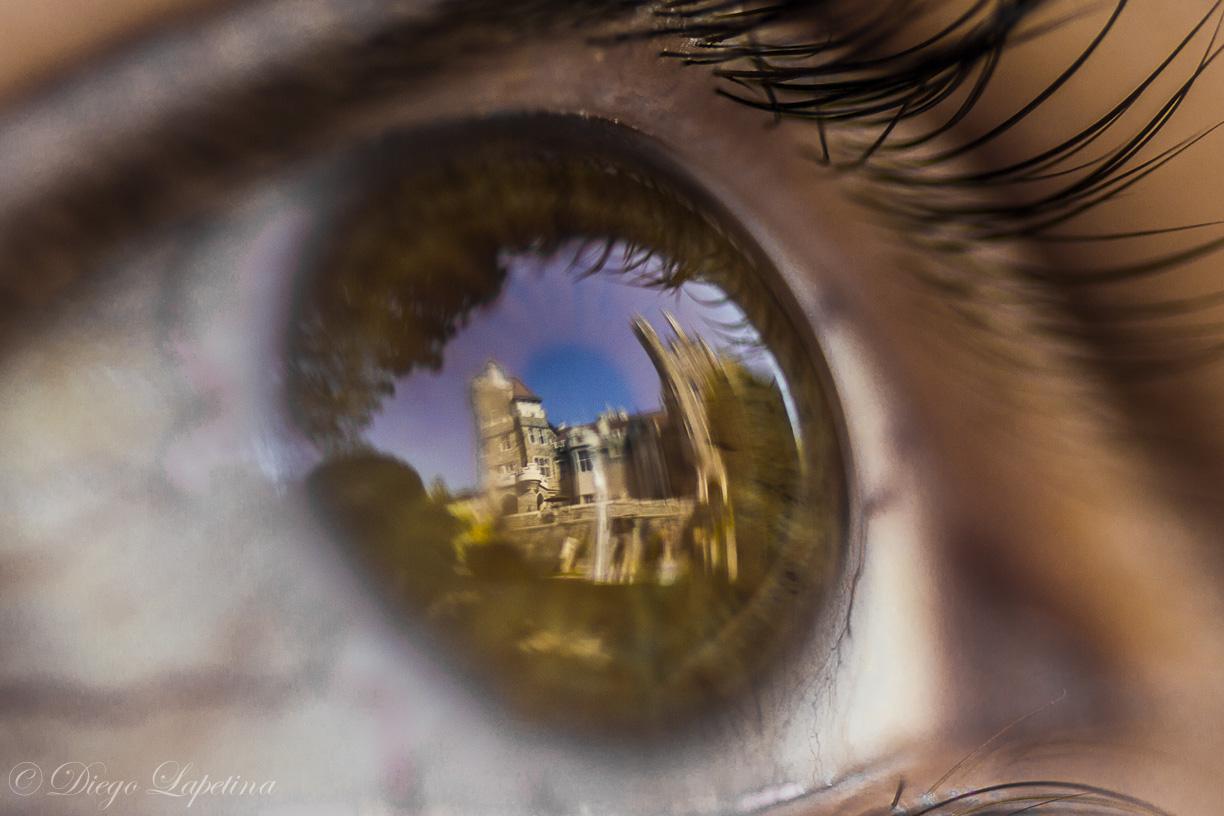Angles of reflection
- Lesson Plan
- Video
- Feedback Form
Diego Lapetina
Description:
Have you ever wondered how a mirror works? Explore the magic of lights reflection through this hands on activity.
Time:
5 minutes prep time, 15-20 minutes class time for activity
Grade Level:
1, 2, 3, 4
Next Generation Science Standards:
1-PS4-3
Plan and conduct an investigation to determine the effect of placing objects made with different materials in the path light.
4-PS3-2 Energy
Make observations to provide evidence that energy can be transferred from place to place by sound, light, heat, and electric currents.
Utah Core Standards:
3.1.1b
Explain the sun is the source of light that lights the moon.
Materials
- A 4 x 6 inch mirror for each student group
- A roll of masking tape for each student group
- Science notebook or lab sheet
- Protractor for older grades
- Strong tape to secure mirrors to classroom wall
- Lab sheet if using
GBO suggestion - Do this activity as a station in a rotation with several other light activities
- Suggested activities to create stations are:
- How does light work? Making a Water Prism
- Making sense of color
Directions
- You will want to split your classroom into partner groups for this activity.
- You will need about 4 feet of empty wall space for this activity, an MPR may work well.
- Follow directions for activity in “Mirror, Mirror on the Wall: Angles of Reflection”. Download is below.
| Attachment | Size |
|---|---|
| 238.71 KB | |
| 15.61 KB | |
| 189.51 KB |
Mirrors are the central component to telescopes.
Understand how a mirror works and you are on your way to understanding the universe!
Check out how our University Partner, Cameron Pace, who grew up in a small town in Utah became fascinated with telescopes and space.

